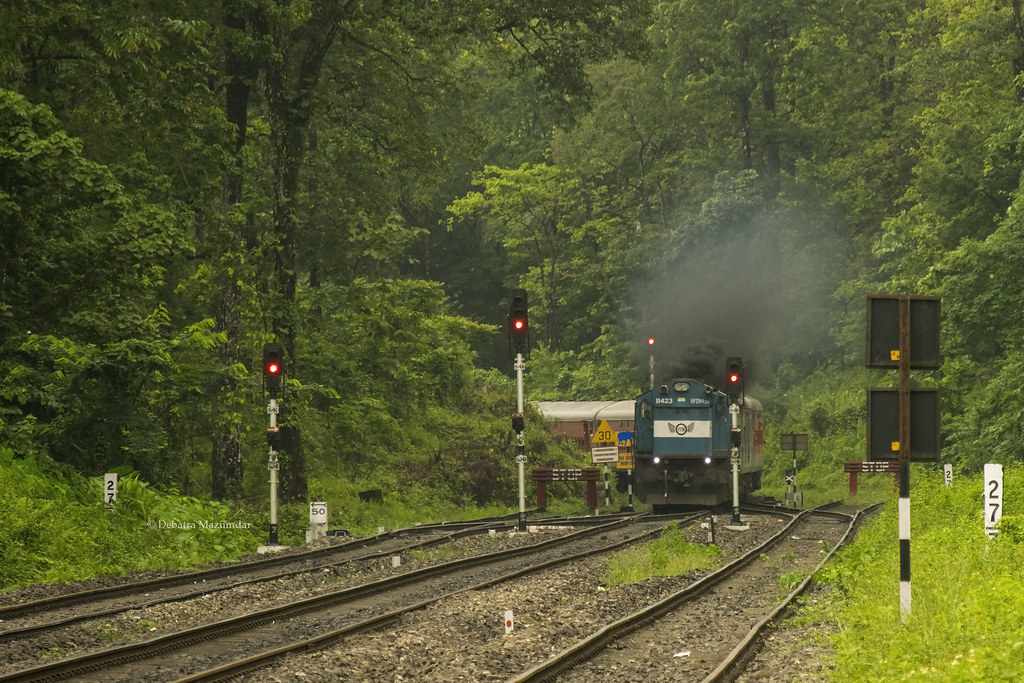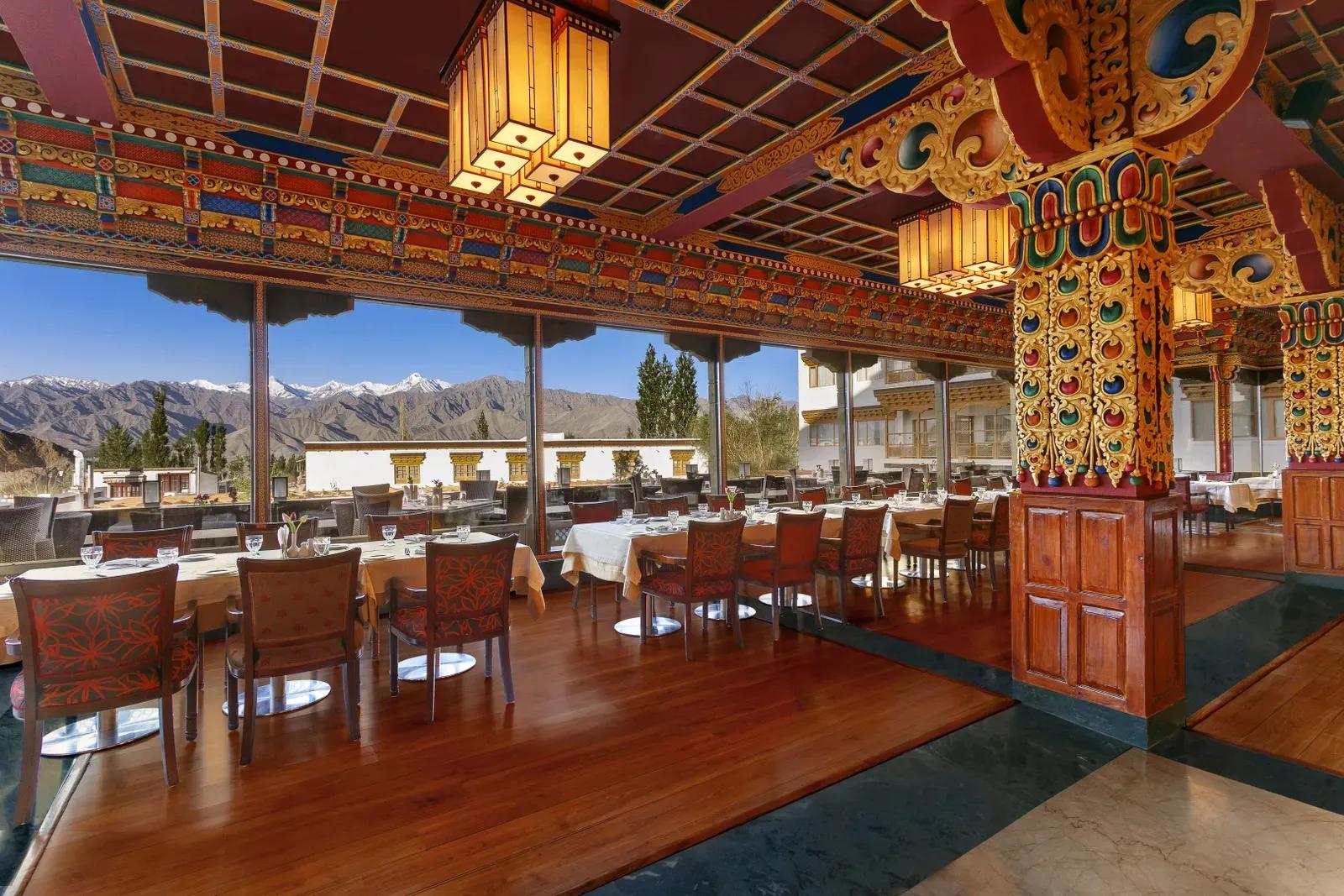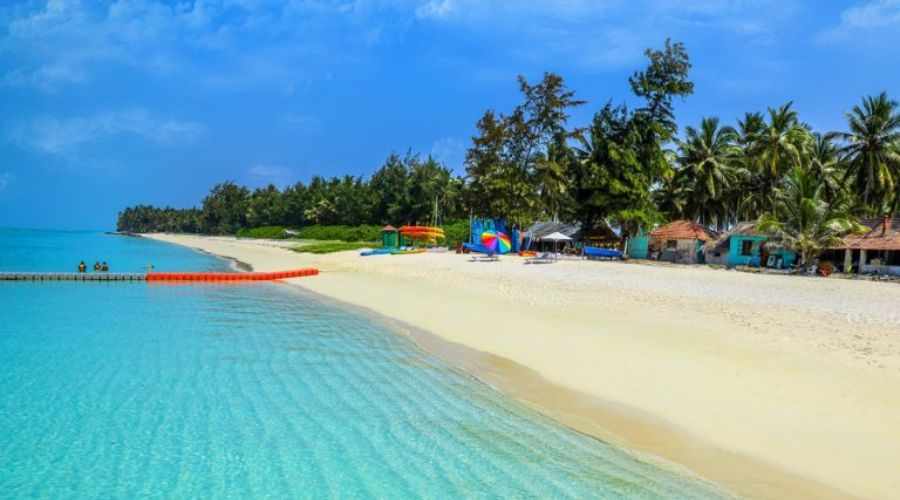
Kanchenjunga National Park is one of the most treasured attractions in Sikkim. More than just a national park, KNP is an oasis for a thriving biodiversity. A variety of plants, animals, birds, and reptiles have a haven in Kanchenjunga National Park. The park is also sacred for Lepcha and Bhutia communities who perform their sacred ritual for the Kanchenjunga mountain, located in the park.
Recognising its cultural and natural significance, UNESCO declared Kanchenjunga National Park as a UNESCO’s World Heritage Site on Mixed criteria by the 40th World Heritage Committee in 2016. Also spelled as Khangchendzonga National Park, the topography of this national park is diverse with steep valleys, glaciers, lakes, flat regions, and lush vegetation. The third highest peak in the world, Kanchenjunga, is located in this national park. The word Khangchendzonga literally means the “abode of the Gods” and holds a revered space for Sikkimese communities.
If you are planning to visit Kanchenjunga National Park on your next Sikkim trip, read below. Learn about some interesting facts, how to reach the park and things to do.
Table of Contents:
1. Interesting Facts about Kanchenjunga National Park
2. Flora and Fauna of Kanchenjunga National Park
3. Things to do in Kanchenjunga National Park
4. How to Reach Kanchenjunga National Park
5. Best Time to Visit Kanchenjunga National Park
Interesting Facts about Kanchenjunga National Park
1. The Kanchenjunga National Park stretches from the freezing desert of Lhonak valley via the hills of Lachen in north Sikkim to the ancient town of Yuksom in west Sikkim.
2. You will be surprised to know that a little more than 25% of the state's overall geographic area is reportedly covered by KNP.
3. The part of the Khangchendzonga National park's western border is the international boundary between India and Nepal.
4. The peak Khangchendzonga, which has a religious meaning and is thus highly respected by the locals, gave Sikkim's national park its name.
5. The locals (Lepchas and Bhutias) see Mt. Khangchendzonga as their guardian deity and believe that it protects them from misfortunes and natural calamities.
Flora and Fauna of Kanchenjunga National Park
Flora: First, let’s look at the flora of Kanchuejunga National Park. The Kanchenjunga National Park is rich in vegetation and just the wealth of flora adds to its majestic allure. The flora of Kanchenjunga National Park is divided into different vegetation zones. These zones are tropical, subtropical, temperate, subalpine, alpine, wet and dry.
In Kanchenjunga National Park, you will find lush jungles of pine, fir, hemlock trees. In the subalpine zone, you will witness varied species of rhododendrons, orchids and forests of coniferous species. Apart from that vegetation of lichens, mosses, and cushion plants are also found in the national park.
Fauna: Kanchenjunga National Park is home to endangered and protected Himalayan birds and animals species. More than 250 species of birds and 82 species of insects have been found in the park. From top predators to elusive birds and from amphibians to reptiles, a variety of fauna thrive beautifully in the lush jungles of Kanchenjunga National Park. Besides 5 to 6 species of fish and amphibians are said to be found in the park’s thriving environment.
Birds in Kanchenjunga National Park
Tibetan Snowcock, Steppe Eagle, Blood Pheasant, Crossbill, satyr Tragopan, Osprey, Golden Eagle, Eurasian Kestral, Kalij Pheasant, etc.
Animals in Kanchenjunga National Park
Musk Deer, Wild Dog, Sloth Bear, Himalayan Tahr, Snow Leopard, Red Panda, Flying Squirrel, Blue Sheep, Mainland Serow, etc.
Things to do in Kanchenjunga National Park
1. Trekking & Hiking
If you are hardcore trekking enthusiast, try the popular Kanchenjunga Base Camp trek. It is 21 days of actual trekking covering 220 km. This trek is moderate to difficult with some pathways being steep. However, for an experienced trekker, it would be a piece of cake.
2. Birdwatching
As mentioned above, Kanchenjunga National Park is home to more than 250 species of birds. So get a pair of binoculars and spot the elusive Himalayan birds, hard to find anywhere else.
3. Visit Nearby Monasteries
There are many beautiful Buddhist monasteries around the park. You can visit them one by one on a tour from KNP. The famous monasteries to visit around the park are Dubdi Monastery (one of Sikkim’s oldest), Pemayangtse Monastery, and Tashiding Monastery.
4. Visit Glacial Lakes
The park has breathtaking glacial lakes that accentuate its natural beauty and cast a charming spell on visitors. Many of these lakes hold a deep reverence for local people. For instance, the Khecheopalri Lake known for its tranquillity is profoundly significant for both Buddhist and Hindus.
5. Click Photos Around Waterfalls
Many beautiful and cascading waterfalls adorn the landscape of Kanchejunga National Park. The most romantic and beautiful one is the Kanchejunga falls near Pelling. The waterfall is a famous tourist attraction. You can also find small stalls near waterfalls selling maggie, tea and momo.
How to Reach Kanchenjunga National Park
By Train - The nearest railway station to Kanchenjunga National Park is New Jalpaiguri Railway station. It is about 110 kilometres away. This railway station is well connected to all major cities like Kolkata, Guwahati, New Delhi etc. From NJP station, take a cab to reach Kanchenjunga National Park and begin your adventures.
By Road - Kanchenjunga National Park is easily accessible from all areas of Sikkim. The main entry point, however Gangtok and Pelling are the main entry points. Buses and private taxis operate from these towns to the park on a daily basis. If you’re familiar with driving conditions in the mountainous region, you can also use your own vehicle.
By Flight - If you are taking a flight, the nearest airport from Kanchejunga National Park is Bagdogra airport (IXB). The road drive from the airport to Sikkim (Gangtok) is 4 to 5 hours. Once you reach Gangtok, Kanchenjunga National Park is another 45.9 km away.
Best time to visit Kanchenjunga National Park
The best time to visit Kanchenjunga National Park is between March to May (Spring/Summer) and September to November (Autumn). Both seasons showcase a different side of Kanchenjunga National Park. During spring, the park is blooming with fresh blooms of rhododendrons and orchids. Whereas in autumn, the beautiful red and auburn colour trees look magnificent. The sky is clear with no signs of rainfall and the weather is also balmy to enjoy the beauty of this national park.
Whether it’s scenic sights or the variety of flora and fauna, Kanchenjunga National Park is a treasure house of natural wonders. Plan your next Sikkim trip in September to November (Autumn), carry warm clothes and explore the marvel that is Kanchenjunga National Park. You would not want to miss this UNESCO heritage site on your Sikkim trip!





Write a comment ...